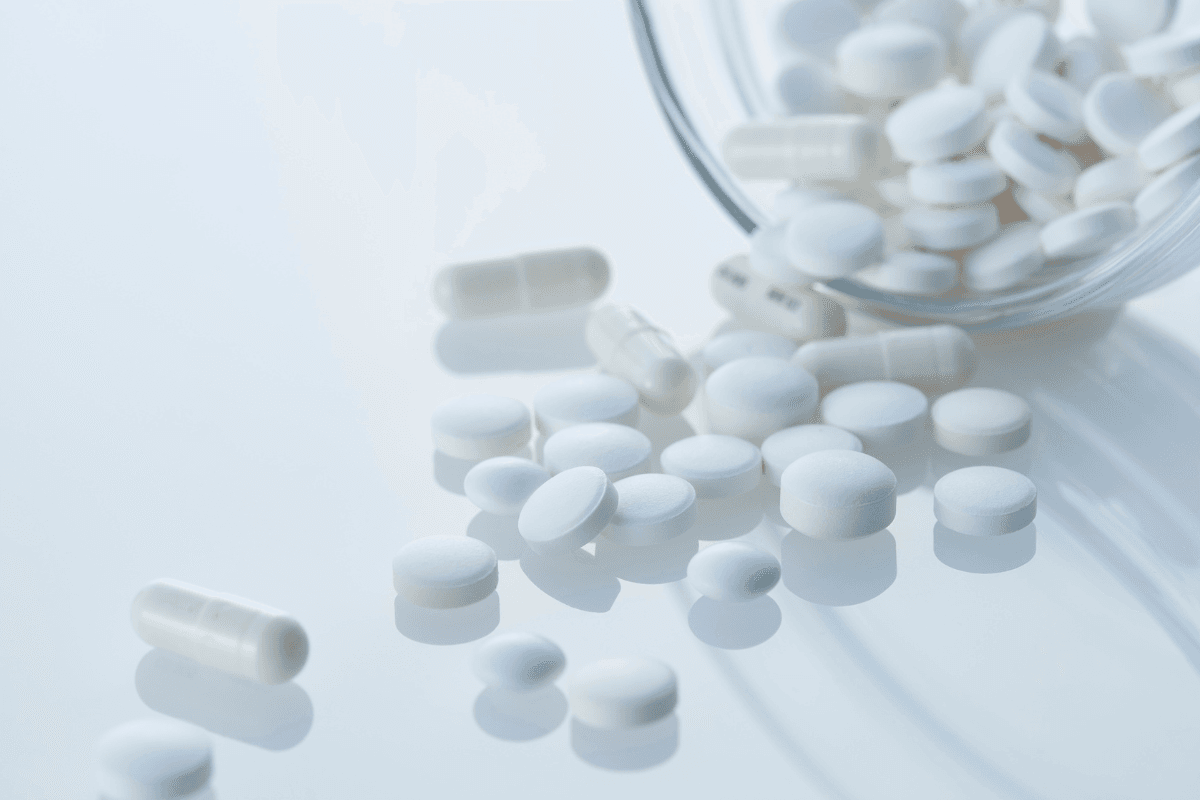Heart failure is a long-term health condition impacting millions worldwide. It occurs when the heart can’t pump blood efficiently, resulting in symptoms like fatigue, breathlessness, and swelling. Traditionally, treatment has centered on managing symptoms and slowing disease progression with medications such as ACE inhibitors, beta-blockers, and diuretics. However, a new class of drugs, called SGLT2 inhibitors, is making significant waves in the treatment landscape, offering new hope even for those without type 2 diabetes.
This article will explore how these drugs function, their benefits, and what the future might hold.
What Are SGLT2 Inhibitors?
SGLT2 inhibitors, short for sodium-glucose co-transporter two inhibitors, are developed initially to help manage blood sugar levels in people with type 2 diabetes. These medications stop the kidneys from reabsorbing glucose back into the bloodstream, causing excess sugar to be expelled in the urine and lowering blood sugar levels. But beyond their glucose-lowering capabilities, these medications have shown unexpected cardiovascular benefits, especially in patients with heart failure.
Some of the most widely used SGLT2 inhibitors include empagliflozin (Jardiance), dapagliflozin (Farxiga), canagliflozin (Invokana), and ertugliflozin (Steglatro). This SGLT2 inhibitors list continues to grow as research uncovers more potential uses for these versatile medications.
How Do SGLT2 Inhibitors Work in Heart Failure?
One of the most exciting developments in cardiology is the application of SGLT2 inhibitors for heart failure. According to clinical trials, these inhibitors reduce hospitalizations and improve outcomes in all types of heart failure. Unlike many treatments that only work for patients with diabetes, these inhibitors are effective in patients with impaired heart function regardless of their diabetic status.
Researchers have been intrigued by the SGLT2 inhibitors heart failure mechanism, which involves multiple beneficial effects. First, these medications promote diuresis and natriuresis, helping to reduce fluid overload, a common problem in heart failure. They also lower blood pressure and reduce arterial stiffness, easing the heart’s workload. Finally, they appear to have a direct positive impact on heart muscle function and energy metabolism, which continues to be explored in ongoing studies.
Benefits Beyond Blood Sugar Control
Sodium-glucose cotransporter-2 inhibitors have been shown to offer several advantages in heart failure management. Patients taking these medications often experience:
- Reduced hospitalization rates for heart failure
- Improvement in symptoms like breathlessness and fatigue
- Better exercise tolerance and quality of life
- Slower progression of kidney disease, which commonly coexists with heart failure
One of the groundbreaking studies, the DAPA-HF trial, demonstrated that dapagliflozin significantly lessened the likelihood of worsening heart failure and cardiovascular death in people with reduced ejection fraction, irrespective of diabetes status. Similar results were found in the EMPEROR-Reduced trial with empagliflozin, further solidifying the role of SGLT2 inhibitors in heart failure care.
Who Should Consider These Medications?
Patients with heart failure, especially those with a reduced ejection fraction, may benefit from discussing SGLT2 inhibitors with their healthcare provider. Even individuals without diabetes but experiencing heart failure symptoms can be eligible. A thorough evaluation, including kidney function tests and a review of current medications, is essential before starting treatment.
These treatments are notably effective for individuals who are already on standard heart failure therapies but still experiencing symptoms or recurrent hospitalizations. Adding an SGLT2 inhibitor could provide the needed relief and improve prognosis.
Potential Side Effects and Considerations
While SGLT2 inhibitors drugs are generally well-tolerated, they have potential side effects. Common issues include:
- Increased risk of genital infections due to higher sugar content in urine
- Urinary tract infections
- Dehydration and low blood pressure
- Rarely, a serious condition called diabetic ketoacidosis, even in non-diabetic individuals
Patients should be educated about these risks and monitored regularly, especially during the initiation phase of therapy. Proper hydration and hygiene can mitigate some of these risks.
The Future of SGLT2 Inhibitors in Cardiology
The future looks promising for SGLT2 inhibitors in cardiovascular medicine. Research is ongoing to explore their benefits in preserved ejection fraction, heart failure, and other cardiovascular conditions. Their role in kidney protection also positions them as a dual-purpose therapy for patients with comorbid heart and kidney issues.
As more data becomes available, treatment guidelines will increasingly incorporate these drugs into standard heart failure care. Their broad applicability and favorable safety profile make them a compelling option for many patients.
Frequently Asked Questions (FAQs)
Are these drugs safe for people without diabetes?
Yes, many clinical trials have shown that SGLT2 inhibitors are effective and safe for people with heart failure, even if they don’t have diabetes.
What should I discuss with my doctor before starting SGLT2 inhibitors?
Discuss your kidney function, current medications, and overall heart condition. Your doctor will help you decide if these types of drugs fit you well.
Which drugs are considered SGLT2 inhibitors?
The list includes empagliflozin, dapagliflozin, canagliflozin, and ertugliflozin. These are commonly prescribed under brand names like Jardiance, Farxiga, Invokana, and Steglatro, respectively.


